SummaryAirport Rating ***** Reception of locals *** Cost: ££££
Big BeijingIf you want to read a little background to my thoughts on travelling in China, check out my post on Shenzhen that you can read here. Beijing is the fourth (and most recent) of China's capital cities and it has a history that stretches back over three millennia, making it one of the world's oldest cities and a cradle of Chinese civilization. For several centuries, Beijing was even the most populous (and possibly) largest city in the world. But none of this matters today, because during the mid-20th century and cultural revolution, much of Beijing's history was smashed to smithereens. Today it is not much more different than a basic American city, with large highways and boulevards, little history, and a city that is functional in design with the aim of increasing worker productivity (although much bigger). The origins of Beijing can be traced back to the first millennium BC when it was a significant city in the states of Ji and Yan during the Zhou Dynasty. Its strategic importance grew over time, particularly during the Yuan Dynasty (those Mongolians that the Great Wall couldn't keep out), when Kublai Khan established it as the capital of his empire, known then as Dadu. This period marked the beginning of Beijing's prominence as a political and cultural centre. The city's status was further solidified during the Ming and Qing Dynasties, when it served as the imperial capital. The construction of iconic structures such as the Forbidden City and the Temple of Heaven during these periods reflected Beijing's central role in China's imperial administration and religious life. The fall of the Qing Dynasty and the establishment of the Republic of China in 1912 led to a period of political instability and change, which saw Beijing's status as the capital briefly interrupted. However, with the founding of the People's Republic of China in 1949, Beijing was reinstated as the capital, and this has led to the latest resurrection of the city. Beijing underwent significant transformation after this, driven by new construction projects and, later, by economic reforms and opening-up policies initiated in the late 20th century. Today, Beijing is one of the largest cities in China in terms of geographical size and population with over 21 million people. But despite this size and growth (it's the largest capital city in the world) I couldn't help but feel that Beijing was a bit...well, mid. Getting aroundOne area where Beijing does differ from your typical American city is public transport. It's an area where Beijing (and China more broadly) excels. The city has two airports. Beijing Capital International Airport, positioned in the city's northeast, has long been the primary airport and is one of the busiest in the world. It was the airport that I flew into and it felt a little dated, strangely quiet in some parts of the airports - incredibly busy in others. As soon as I landed, I saw some of the famous Beijing smog, and that compared to the slightly rundown feel of the airport made a pretty bad first impression. On the other hand, immigration was fairly straight forward to get into, with no big issues as a Sikh. To address the growing demands on air traffic and mitigate congestion at Beijing Capital International Airport, Beijing Daxing International Airport was built in 2019. Located south of the city centre, the new airport has a unique starfish-shaped terminal. This airport was much nicer than Beijing Capital, with a modern building, and little pieces of Chinese architecture dotted throughout the terminal. Again, I had no problems getting through airport security or immigration and weirdly had a pretty pleasant airport experience (weird to write that considering it was those bad airport experiences that made me start this blog 9 years ago!) The next thing you have is the national train network which is fantastic. Beijing has several railways station linking it with the rest of the country. Most of these are high speed lines, with modern trains and I'll review these in my next article on Shanghai. Finally, you have the Beijing Metro system which is one of the largest and busiest metro systems in the world extending deep into suburban areas and even neighbouring cities. The cost of a metro ticket in Beijing starts at CNY3 (which is less than 50p), and trains seem punctual and clean - although you have to go through metal detectors at most stations. That being said there are two things you cannot be without - a smartphone and one of two applications - either AliPay or WeChat Pay. Cash is rarely accepted, and credit / debit cards are accepted only in areas with a lot of tourists. Everywhere else (including transport) requires you to have one of these apps installed on your phone. When you pay, you scan a QR code on your phone and complete the transaction. In order to make sure you can do this, it is best to download the application before you get to China and link it to a bank or credit card at home. I found that AliPay was easier to set up, although WeChat Pay is more popular. You can also use the app to call taxis (don't bother trying to hail them on the street, it doesn't work) as well carrying out many other activities (like train bookings). For me, AliPay worked almost flawlessly, although there were a couple of occasions where I struggled. International users cannot send money to personal accounts, so you have to make sure your taxi driver has a business account set up (I found out the hard day). Forgettable Forbidden CityDuring the middle of the last century, the Cultural Revolution caused the destruction of much of China's ancient heritage. It means that much of the old treasures of Beijing no longer exist but there are still some important landmarks you can visit. The Forbidden City, located in the center of Beijing, is a large palace complex that served as the Chinese imperial palace from the Ming dynasty to the end of the Qing dynasty (1420 to 1912). It is one of the most important cultural heritage sites in China and has been designated as a UNESCO World Heritage Site, and a good place to start our exploration of the city. Construction of the Forbidden City began in 1406 under Emperor Yongle of the Ming Dynasty and was completed in 1420, involving an estimated one million workers including craftsmen and laborers. The complex consists of 980 surviving buildings with 8,707 rooms, surrounded by a 52-metre-wide moat and a 10-metre-high wall. The wall has a gate on each side, with the Meridian Gate to the south, the Gate of Divine Might to the north, the East Glorious Gate to the east, and the West Glorious Gate to the west. The architecture and layout of the Forbidden City are based on traditional Chinese geomantic principles and symbolic meanings. The entire complex is divided into two main parts: the Outer Court and the Inner Court. The Outer Court, located in the southern portion, was used for ceremonial purposes and includes three main halls: the Hall of Supreme Harmony, the Hall of Central Harmony, and the Hall of Preserving Harmony. These halls were used for significant events such as coronations, imperial weddings, and the Emperor's birthday celebrations. The Inner Court, situated to the north of the Outer Court, was the living quarters of the Emperor and his family. It includes the Palace of Heavenly Purity, the Hall of Union, and the Palace of Earthly Tranquility, among other structures. The Inner Court also housed the imperial concubines, eunuchs, and servants. The Forbidden City is renowned for its traditional Chinese palatial architecture, which is includes wooden structures, yellow-glazed roof tiles, red walls, and elaborate carvings and artwork. Each building within the complex has its own unique features, but all adhere to the principles of symmetry and hierarchy that are central to Chinese architecture. The complex was designed to be the centre of the ancient, walled city of Beijing and is enclosed by a larger, protective wall. This design symbolizes the centrality of the Emperor in Chinese society and the world, with the Emperor considered the Son of Heaven. Today, the Forbidden City is known as the Palace Museum and is open to the public as a museum. It houses an extensive collection of artwork and artifacts from the Ming and Qing dynasties, including ceramics, paintings, calligraphy, and imperial furnishings. The museum is one of the most visited tourist attractions in the world, with millions of visitors each year. The cost of entrance to the Forbidden City varies by season. During the peak season (April 1 to October 31), the ticket price is approximately CNY60, while during the off-peak season (November 1 to March 31), it is about CNY40 (both less than £10). Visiting the Forbidden City can take several hours due to its vast size and the significant number of buildings and exhibits. I spent half a day and saw most of the complex but after a while I began to get a little fatigue seeing similar structures throughout the complex. I went during winter which meant it was freezing cold, but it wasn't crowded at all - in fact by the time I left in the later afternoon, it was pretty quiet. However, during summer months it can get incredibly busy. This was a visit that I broadly enjoyed. It's not the greatest place in the world, but I am glad that this important cultural heritage of the city remains and it's nice to see authorities taking strong steps to protect this (and other) historical landmarks. Stunning Summer PalaceNow for something that I really enjoyed. Located around a 40-minute drive from the city centre is the Summer Palace. I say 40 minutes, but in truth it depends on the traffic and honestly, the traffic in Beijing is brutal. The city is made up of five ring roads, drivers don't really tend to follow rules of the road, and there doesn't seem to be a rush hour, but rather a rush day which traffic busy throughout the day. That being said, later afternoons and early evenings are horrible beyond words. The Summer Palace is located in the northwest of the city and an important monument in Beijing. Originally established during the Jin dynasty in the 12th century, the site underwent significant expansions and renovations under the Qianlong Emperor in the 18th century, transforming it into a grand royal retreat. Most of the complex comprises of a body of water, Kunming Lake, which was frozen over during my visit and provided with some stunning visuals. The rest of the complex comprises a variety of structures including halls, pavilions, bridges, and temples, set amidst an intricately designed landscape of hills and open water, inspired by the natural scenery of West Lake in Hangzhou (which I also visited and will write about later). As soon as I walked in, I saw the jaw dropping beauty of the place. The lake, frozen over, had a lot of people ice skating on it and it seemed to extend far into the distance. Central to the Summer Palace is the Longevity Hill, on which several significant structures are perched, including the Tower of Buddhist Incense, which dominates the skyline. The front hill area is richly adorned with buildings, while the back hill, in contrast, is more serene, featuring natural landscapes interspersed with a few structures. The tower is beautiful to see and even more incredible close up. I misread some signs and ended up climbing a hill (where I wasn't supposed to be) and very quickly was scrambling up a near vertical hill. I had to climb over a few fences to get back into the main complex. The Summer Palace is renowned for its Long Corridor, a covered walkway famed for its extensive length and richly decorated with more than 14,000 paintings depicting scenes from Chinese literature, mythology, and history. This corridor links the various features of the Summer Palace, providing a sheltered path for enjoyment of the garden regardless of the weather. This corridor was also the busiest part of the complex during my visit too. Significant structures within the complex include the Marble Boat, an ornate pavilion built in the style of a European ship, and the Seventeen-Arch Bridge, which connects the eastern shore of Kunming Lake to Nanhu Island. The Court Area, located near the East Palace Gate, served as the living quarters for the royal family and includes the Hall of Benevolence and Longevity, where the Empress Dowager Cixi conducted state affairs. For me, of all the six bridges in the complex, the most beautiful is the Jade Belt Bridge, an incredibly steep but visually stunning landmark that was worth the price of admission alone. Today, the Summer Palace is a public park and tourist attraction, as well as a UNESCO World Heritage site. The entrance fee is around CNY30 (less than a fiver) although you do have to pay extra to visit some of the key buildings within the complex. But it's well worth the money as, for me, this was the best landmark in Beijing, and I would love to visit it again someday. The Temple of HeavenThe Temple of Heaven is part of the city's historical layout comprising the Four Great Temples, which were positioned in accordance with the cardinal directions. These temples include the Temple of Heaven to the south, the Temple of Earth to the north, the Temple of the Sun to the east, and the Temple of the Moon to the west. Each temple was dedicated to the worship of different celestial bodies and natural elements, playing a significant role in the spiritual and cosmological life of imperial China. I visited two of the four temples. The Temple of Heaven is perhaps the largest and most spectacular of the four temples and consists of religious buildings where emperors of the Ming and Qing dynasties conducted annual ceremonies of prayer to Heaven for a good harvest. It was constructed from 1406 to 1420 by the same emperor that ordered the construction of the Forbidden City. The Temple of Heaven complex is larger than the Forbidden City and is one of the largest temple complexes in China - although a majority of these space is taken up by large gardens. The area is divided into two main sections: the inner part and the outer part, which are enclosed by two large walls forming a circular part to the north and a semi-circular part to the south, symbolising the belief that heaven is round and the earth is square. The most notable structures within the Temple of Heaven include the Hall of Prayer for Good Harvests, the Imperial Vault of Heaven, and the Circular Mound Altar. The Hall of Prayer for Good Harvests is a magnificent triple-gabled circular building, 38 metres in height and 30 metres in diameter, built entirely of wood without the use of a single nail. In that respect it reminded me a little of Kiyomizu Dera in Kyoto, Japan (and you can read about that here). It stands atop a three-tiered marble terrace and is where the emperor would pray for bountiful harvests. The Imperial Vault of Heaven is a smaller, circular building surrounded by the Echo Wall, which is known for its acoustic properties. The Circular Mound Altar is an outdoor altar located to the south of the Imperial Vault of Heaven, consisting of three marble tiers representing (from top to bottom) heaven, earth, and the mortal world. The Temple of Heaven is another UNESCO World Heritage Site and although I thought it was decent, it's not quite as spectacular as similarly aged buildings in Europe or even South Asia. For me, the thing that caught my interest most was a sign in one of the outer prayer hall buildings that had photos of Sikh soldiers. I translated the Chinese text using my phone and it told the story of British Army Solider of the Subcontinent. The role of Sikhs in China during the late 19th century is quite embarrassing. Sikhs, who had until the early 1800s fought largely for dharam and the upliftment of the oppressed had - initially under the Misls, and then sped up by Maharaja Ranjit Singh, began to fight for personal glory. By the late 1800s even the personal glory element had disappeared, and Sikhs were used as an instrument of oppression against the oppressed people in places like China, a complete 180 from the teachings of Guru Gobind Singh. It's something we still see today in various parts of the world where Sikhs are being used to oppress others (including other Sikhs, like the farmers of Panjab). It costs CNY15 (about £2) to get into the Temple of Heaven and it can take a few hours to walk around the grounds of the complex. I visited during a particularly cold Beijing day when the temperature fell to minus 15 Celsius and the cold wind seemed to permeate into my bones, so it probably impacted my enjoyment of the complex, but I can imagine walking the grounds on a more temperate day would be quite nice. The Temple of the MoonThe Temple of the Moon is situated in the western part of Beijing. Unlike the Temple of Heaven, which was used by emperors to pray for good harvests, the Temple of the Moon served a different set of rituals and ceremonies, focusing on the moon's influence and its importance in Chinese astrology and agriculture. The practice of worshipping the moon has deep roots in Chinese culture, symbolizing yin or feminine energy, and is associated with tranquility, reflection, and the cycle of renewal. The architectural layout and design of the Temple of the Moon are less grandiose than those of the Temple of Heaven, reflecting its more subdued role in imperial rituals. The complex traditionally included altars, halls, and courtyards arranged to facilitate moon worship ceremonies. However, the Temple of the Moon does not boast the same level of preservation or prominence as the Temple of Heaven, and over the years, it has received less attention in terms of restoration and tourist infrastructure. In parts, it just feels like an underdeveloped park rather than an historical attraction. It costs barely anything to get in (CNY1, which is about 20p). When you're in, it's nice to relax and walk around but I would keep your expectations low. It's weird just how little attention this temple seems to get, and during my mid-winter visit, not only was it quiet, but the buildings seemed to be in a fair bit of disrepair. That being said, there were many older locals just relaxing on benches and some families were playing games together, so at the same time, it's nice to see something so architecturally significant still playing an active role in life of locals rather than being just a museum piece. Beautiful BeihaiI was slightly disappointed in the architecture of the city, and I had almost given up finding any real beauty outside of the Summer Palace and the Forbidden City - that is until I came across Beihai Park. Beihai Park, one of the oldest, largest, and best-preserved ancient imperial gardens in China, is situated in the central area of Beijing, adjacent to the Forbidden City. It's an historic park that covers a large expanse, with over half of its area occupied by the Taiye Lake. The park as it is known today was largely constructed during the Yuan Dynasty in the 13th century and was subsequently enhanced and expanded in the Ming (14th-17th century) and Qing (17th-20th century) Dynasties. It costs CNY10 (about £2) to get in, but it is well worth the cost. There are several entrance points dotted around the perimeter of Taiye Lake. The park is very different to the ones I've described above, and the complex has areas to relax, old temples, beautiful tea houses, and is one of the most scenic parks that I have ever visited. I entered via the south and almost immediately, on the other side of the lake, saw the White Dagoba on Jade Flower Island, a Tibetan stupa built in 1651 under the order of Emperor Shunzhi of the Qing Dynasty to commemorate the visit of the 5th Dalai Lama. This 36-metre-high Dagoba, located at the highest point of the park, serves as a focal point and is visible from various locations within the park. The island is accessible via a stone bridge and houses several other notable structures, including the Yong'an Temple and the Hall of Benevolent Longevity. I took a long route around the entire perimeter of the lake (and it's a long walk). Along the way I stopped off at several locations to see famous historical landmarks around the park. One such landmark is the Nine-Dragon Screen, an ornate screen wall adorned with nine intricately crafted dragons, built in 1756. This screen is one of the three famous Nine-Dragon Screens in China and is a fine example of Chinese decorative art. Beihai Park also features the Circular City, a section containing an ancient round fort which houses the Chengguang Hall, where a jade vase from the Yuan Dynasty is preserved. The Circular City area further exemplifies the park's historical significance and its role in the imperial past of Beijing. Along the way there are tea and coffee houses built into traditional Chinese architecture and they are absolutely gorgeous. I visited near the Chinese New Year so there were plenty of people dressed in traditional outfits taking photographs. Honestly, it was probably one of my favourite experiences, not only in Beijing, but also in China. Huge HouhaiAnother place I really enjoyed was Houhai, an incredibly busy and lively area near the north of the city. Houhai is part of the Shichahai area, known for its historic hutongs (narrow lanes) and traditional courtyard homes. It is centered around Houhai Lake, one of the three lakes (along with Qianhai and Xihai) that make up the Shichahai. The area is a preserved part of old Beijing, showcasing the city's traditional architecture and way of life. Houhai really comes to life during the evening with its numerous bars, cafes, and teahouses, and manages to maintain its historic charm while adapting to contemporary leisure and nightlife trends. I spent a fair bit of time walking around the lake and through the small hutongs that were crowded with people and shops. Some streets had mostly physical goods and souvenirs, others were mainly bars and other were restaurants. I stopped off at a small bar that had live music and a handful of cats just walking around the tables. It was a great experience. It's a younger crowd, but everyone seemed friendly, and I felt very relaxed. In contrast, Sanlitun is another area that has a lively nightlife but represents the modern and international aspects of Beijing's cultural evolution with less of the old. The area is particularly famous for the Sanlitun Bar Street, which offers a wide array of bars, clubs, and cafes catering to diverse tastes and preferences. It's definitely more modern with less charm, and it seemed a little seedier than Houhai. The place does, at times, feel like an extension of a giant shopping centre (and in part it is as it is dominated by the Tai Koo Li shopping complex. It seems like a popular hangout for people and while I could see the draw, it didn't quite have the unique charm of Houhai. Beijing's Oxford StreetNot too far from Sanlitun is Wangfujing Street, Beijing's answer to Oxford Street. Stretching nearly a mile in length, this pedestrian thoroughfare is flanked by an array of shops, department stores, luxury boutiques, traditional Chinese stores, and international brands. These are the areas of capital cities that I most dislike, but I only mildly disliked Wangfujing Street. The history of Wangfujing Street dates back to the Yuan Dynasty and over the centuries, the area evolved from a residential region for aristocrats to a vibrant commercial district. Central to Wangfujing Street's appeal is the Wangfujing Department Store, one of the oldest and most well-known department stores in China, established in the 1950s. The street also has a beautiful large bookstore spread over several floors and that alone made it worth the visit, Less impressively, it also has China's first McDonalds. It was here where I really began noticing how different doors are in China compared to elsewhere. Almost every major store had a drape type of door that you would hold to get in - and I understand that the design is more efficient in regulating temperatures than the doors we are most used to.. The Great Wall of ChinaThe best part of Beijing isn't in the city, but rather a couple hours on the outskirts, and I'm talking about the world-famous Great Wall. It costs about CNY50 to get in (which is under a tenner) which is surprisingly cheap when you consider the cultural and historical significance of the place. There are several parts of the Great Wall that you can visit from Beijing but the two most famous are Badaling and Mutianyu. The first is busier and more popular with locals, the second is less crowded and tends to have more international visitors. I visited Mutianyu but the interesting thing was there were no international tourists during my trip - and actually, in the whole of Beijing I saw very few international tourists. It's like due to the fact I visited during the middle of winter and a short while after China began reopening its borders after the pandemic. The Mutianyu section of the Great Wall of China is one of the best preserved and less crowded segments of the Wall available to visitors. Dating back to the mid-6th century during the Northern Qi dynasty and later rebuilt in the late 14th century during the Ming dynasty, Mutianyu offers a unique blend of historical significance and scenic beauty, set against a backdrop of lush forests and rugged terrain. To get to the Wall itself you first need to take a car or taxi to the grounds, and once you pass through the modern entrance, a coach takes you close to the base of the Great Wall. Here you have several options to take you up to the Wall, and I took a chairlift to the top. Once there you can take a walk in either direction and I headed for the highest point of the Great Wall in the Beijing. This section of the Great Wall spans about 3 and a half miles and features 23 watchtowers, strategically positioned at intervals along the wall. The Mutianyu Great Wall is renowned for its construction, which is particularly robust and elaborate, with both sides of the wall fully crenellated to allow defenders to repel attackers from either side. The wall averages 7 to 8 metres in height and 4 to 5 metres in width, accommodating the passage of both troops and materials, making it one of the most formidable sections of the Great Wall. One of the distinguishing characteristics of Mutianyu compared to other sections of the Great Wall is the presence of unique watchtowers with different designs and structures, including some with three to four tiers, which are not commonly found elsewhere along the Wall. Part of the Wall are very modern, and other parts have been left as it was first made. This section of the Wall gets very steep very quickly and there are parts where it feels you are climbing almost vertically, but it is not overly challenging. At the top, the views of the rest of the section of the Wall are nothing short of spectacular. During my visit it was close to minus 20 degrees Celsius and for the first time in my life, my beard started freezing - no lie, full on ice in my beard. I'd wipe it off, and in minutes it was back again. I spent a few hours walking along the wall before making my way down on a tobogan, which seemed weirdly out of place in an historical monument like this - but I must admit, it was incredibly fun. The Great Wall is something that I have read about since I was younger so to get to do it in person was a great experience. It lived up to my expectations and you can't always say that about famous landmarks that can sometimes be overhyped. At the base of the hill I warmed up attending a small tea ceremony which I really enjoyed - although at £20 for even the smallest packets of tea - I decided not to buy any. Would I recommend visiting Beijing?It's a tough question because China is now one of the most important countries in the world and Beijing is the capital city. It has a long history and remains one of the largest cities in the world. Places like the Beijing sections of the Great Wall of China, the Forbidden City, Beihai Park, the Summer Palace and Houhai are genuinely worth visiting. But I thought the broader city was a bit of a letdown. It is quite functional and in many respects is similar to other boring capital cities like Canberra, Ottawa, and Washington DC. - albeit much larger and at least with some history that has been retained. As a Sikh I had no issues whatsoever, either at airports, train stations, or generally walking around the city. One person at a train station asked me to remove it, I said no and walked on, and no one stopped me or asked me again. Comments are closed.
|
AuthorBritish Sikh, born in the Midlands, based in London, travelling the world seeing new cultures. Categories
All
|
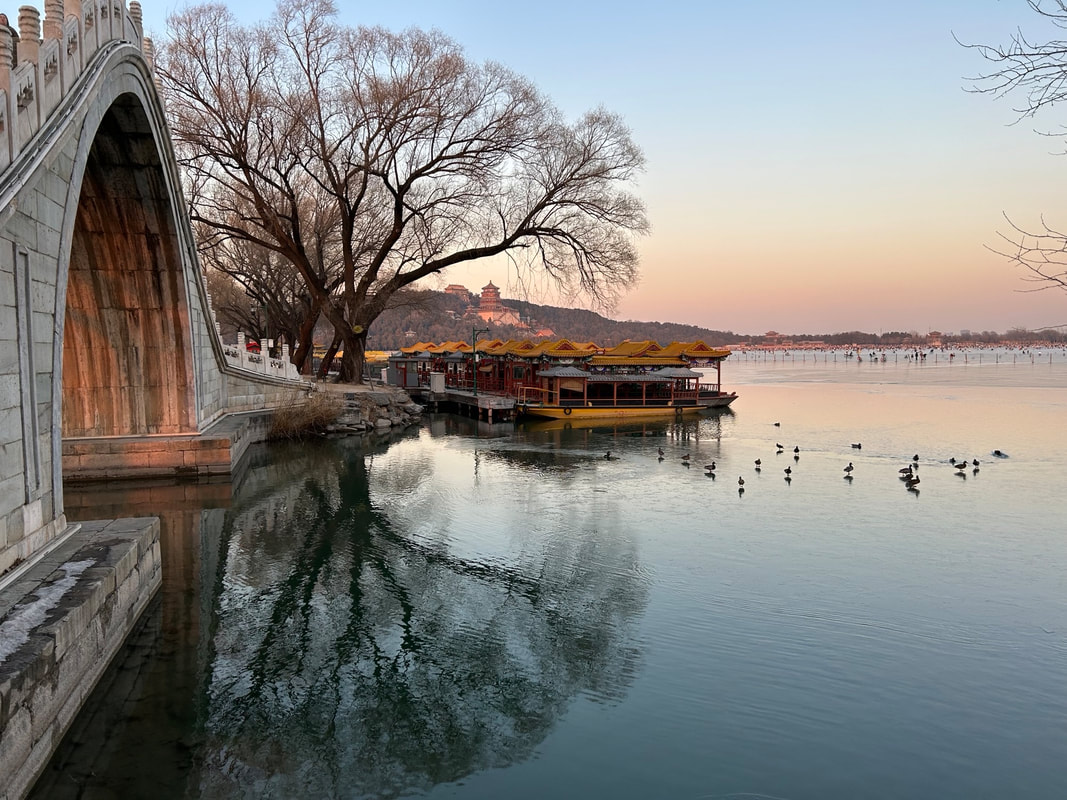


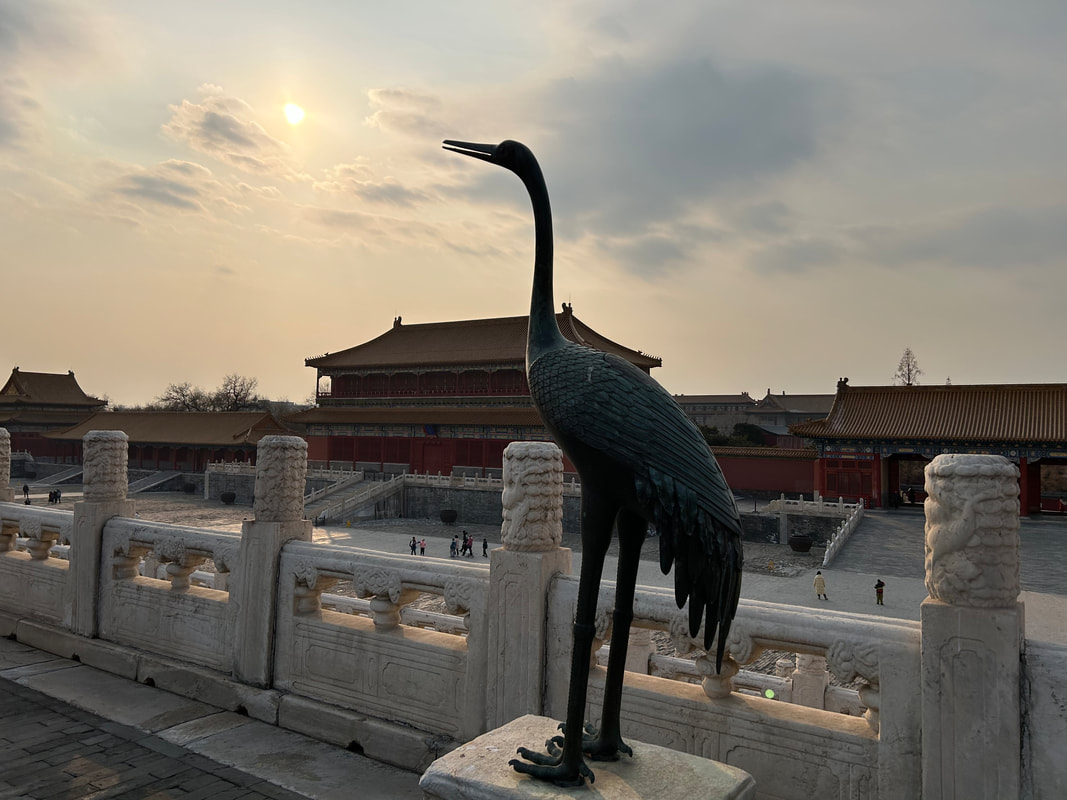

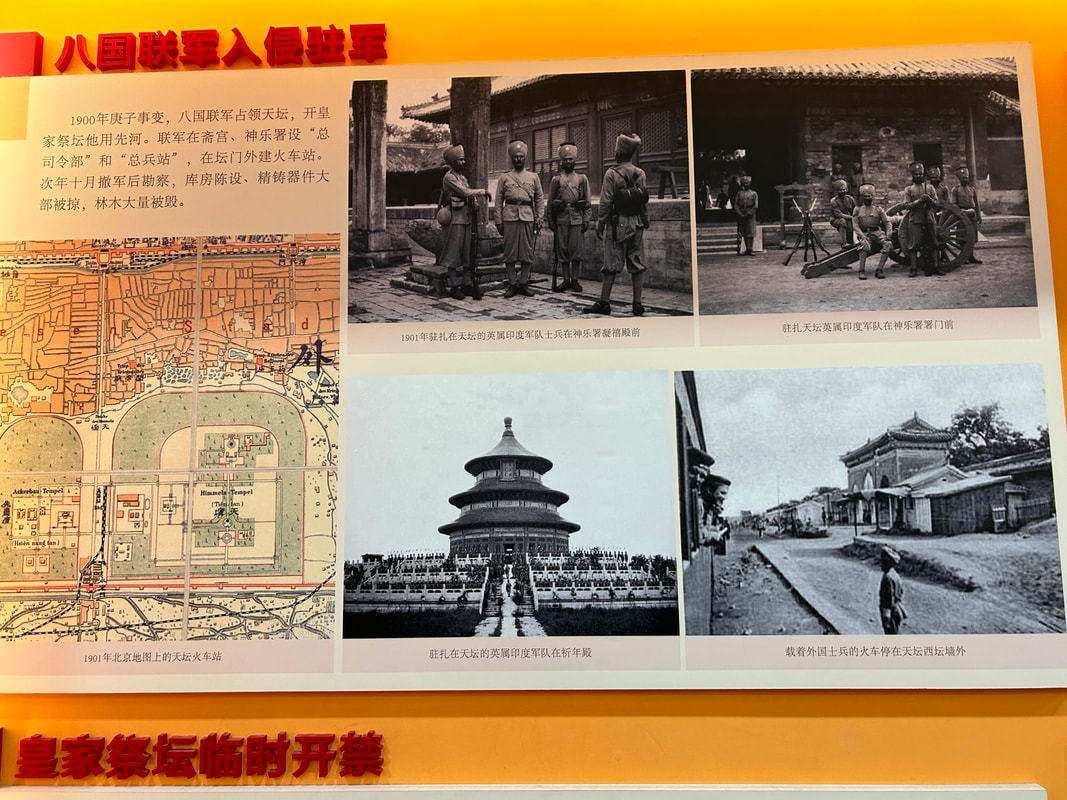
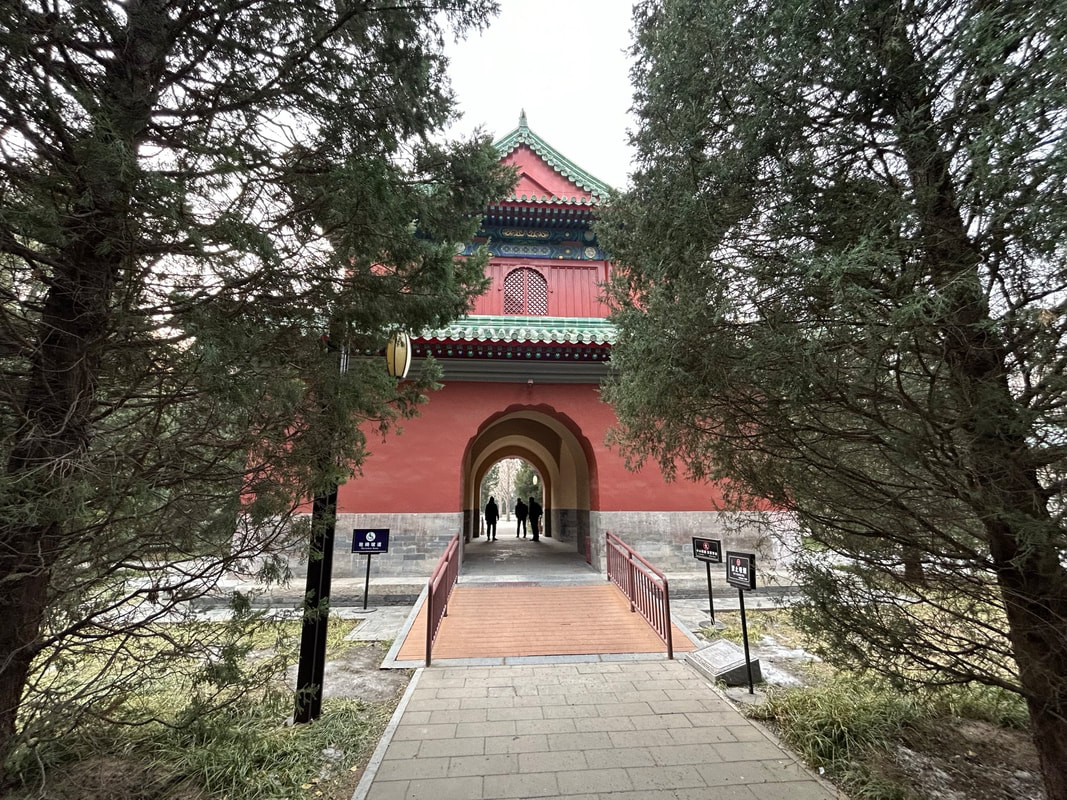


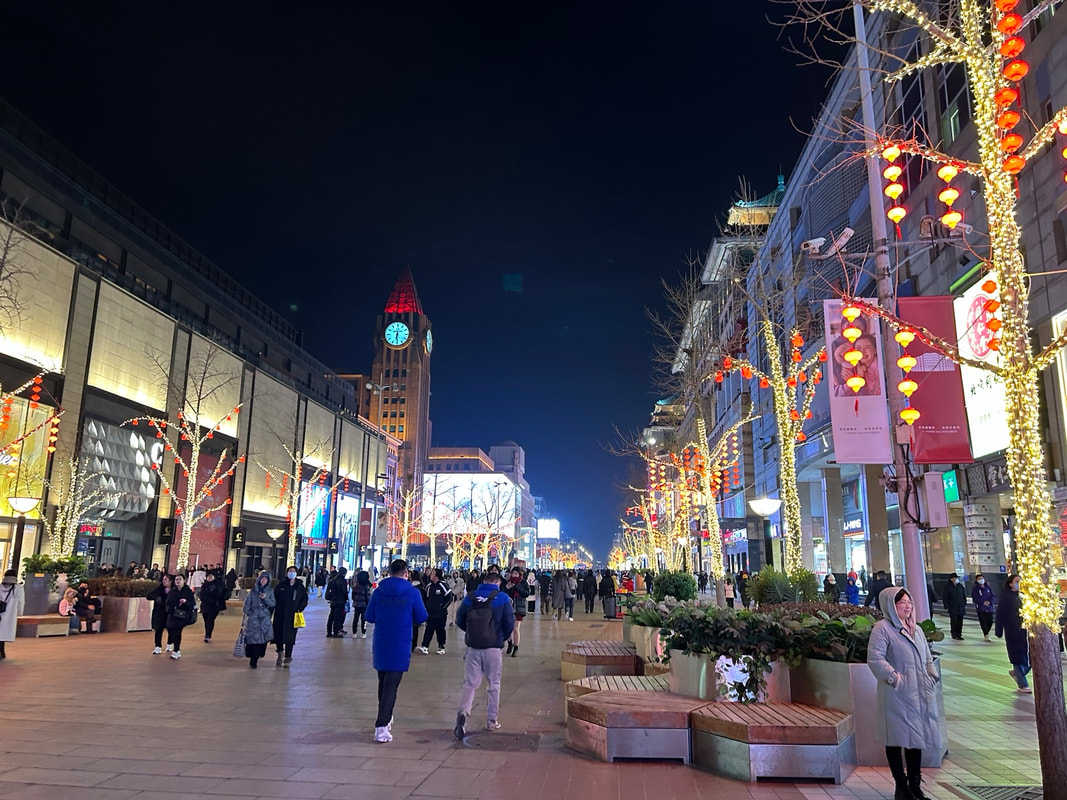
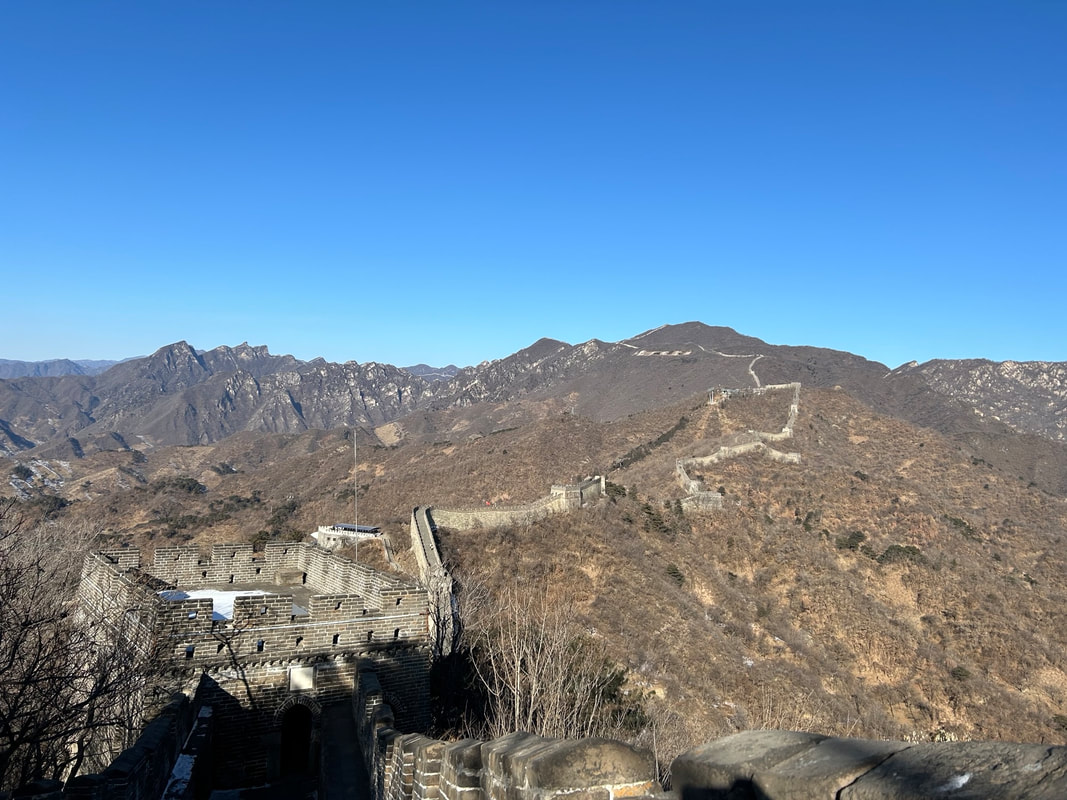


 RSS Feed
RSS Feed